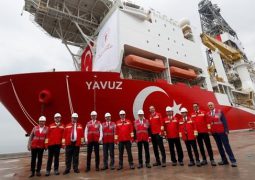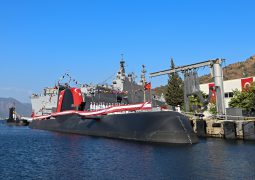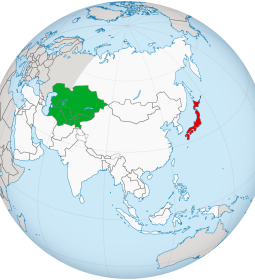Sunken Type 041 Chinese Submarine Had Exotic Hybrid Nuclear Powerplant

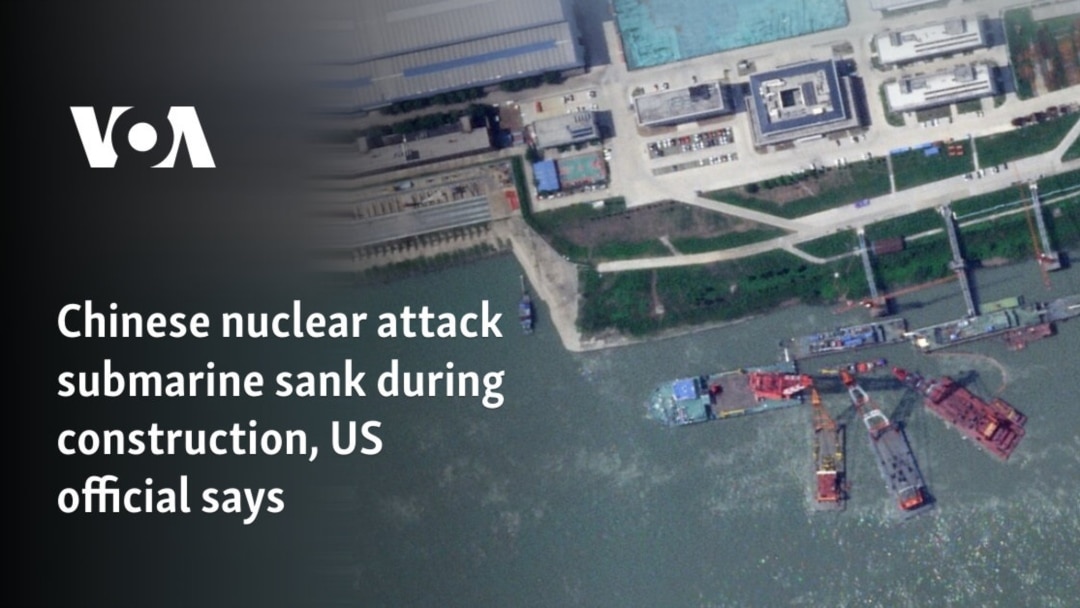
The mysterious Chinese submarine that apparently sunk in a shipyard earlier this year was the first of a new class featuring a hybrid nuclear/conventional propulsion system, according to a new report. The latest development in the saga of the Type 041 Zhou class submarine would seem to clear up some of the previous uncertainty about the boat as well as signal that China is working on novel solutions for its fast-growing underwater fleet.
In a recent report citing unnamed defense officials, the Washington Times notes that the Type 041 “employs both conventional and nuclear propulsion,” specifically, “a small nuclear reactor” in addition to a conventional powerplant.
When the Type 041 was first identified in Wuchang Shipyard, it was assessed as being one of the Type 039A series boats, also known in the West as the Yuan class or a variant of it. The Type 039A is the first Chinese submarine with an air-independent propulsion (AIP) system, which greatly increases the time that it can remain submerged and makes it harder to detect, compared with traditional conventionally powered subs.

Around a week ago, U.S. officials stated that the submarine in question had sunk and identified it as the first of a new class of boat, the Type 041 Zhou class. This was described as being a nuclear-powered attack submarine, or SSN, a type of boat that was not previously known to be built at the Wuchang Shipyard, which sits on the relatively shallow Yangtze River just outside the city of Wuhan. The yard is part of the state-owned China State Shipbuilding Corporation (CSSC).
The latest information from the United States suggests that the truth is somewhere in between, namely that the Type 041 features both kinds of powerplant.
While still unconfirmed, this would make a lot of sense for several reasons and would also echo previous statements from Chinese officials.
China military affairs analyst Rick Fisher told the Washington Times that, back in 2017, retired People’s Liberation Army Navy (PLAN) Rear Adm. Zhao Dengping announced plans to develop a low-power/low-pressure nuclear reactor small enough to serve as an auxiliary engine for conventional submarines.

Fisher says that the nuclear powerplant appears to be similar to a Soviet concept tested in the late 1980s on a single Project 651 Juliett class conventional cruise missile submarine.
The ex-admiral said that the new reactor was intended to equip a 7,000-ton attack submarine that would also receive advanced weapons and electronics. He also said it would replace current AIP systems, as used in Type 039A.
The concept of a hybrid propulsion system, with a nuclear reactor being used intermittently to charge batteries, or when a higher level of performance or longer range is needed, is an intriguing one, to say the least.
Even before the possibility of hybrid propulsion was raised, it was notable that Chinese submarine developments were following a two-pronged path, with both nuclear- and conventionally-powered designs, in stark contrast to the all-nuclear U.S. Navy.
Nuclear-powered submarines have the huge advantage of effectively unlimited range. Compared with conventionally powered alternatives, they are also faster and capable of staying submerged for time spans only limited to onboard provisions and maintenance demands. Even the most advanced AIP submarines, namely the ones that use fuel cell technology, still have to surface from time to time, including to refuel. This can be measured in weeks or less depending on how much energy is required during dive operations.
On the other hand, conventionally powered submarines are invariably smaller and far cheaper to produce than their nuclear-powered counterparts. The latest AIP types also offer some capabilities that are similar to those of nuclear-powered attack submarines, albeit to a limited degree and only in certain ways. Notably, using lithium-ion batteries can provide extreme submerged endurance and very quiet operation and they are becoming an area of growing interest.
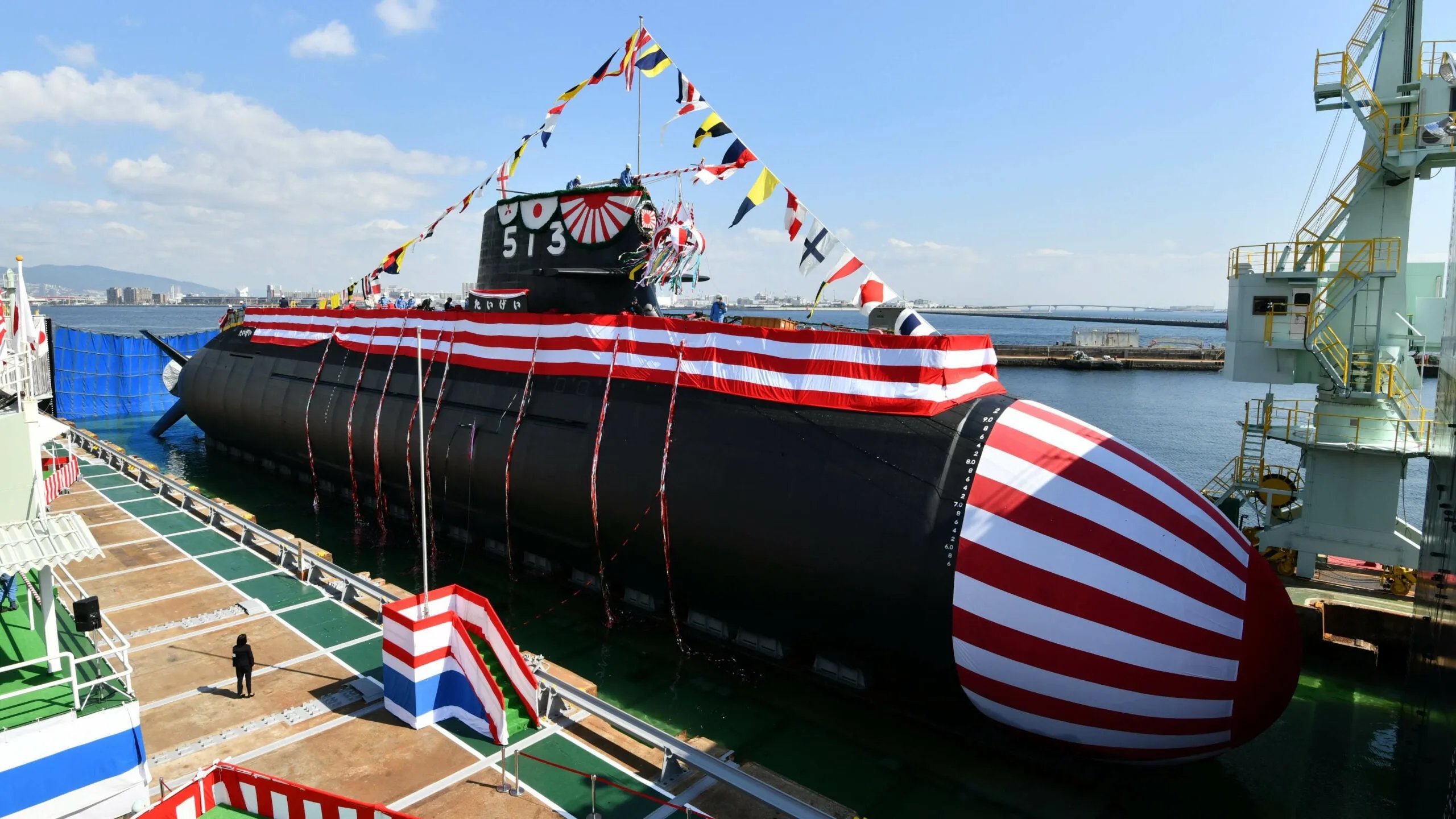
For China, specifically, a submarine that is small enough to operate with ease in littoral and shallower waters would be of huge interest. These points are of key importance for future contingencies in the South China Sea, or the Taiwan Strait, for example. Providing a smaller submarine with auxiliary nuclear propulsion, allowing it to remain at sea for an almost unlimited period, as well as for more extended periods submerged, would be better still.
There is also the possibility that the Type 041 may combine its micro-nuclear reactor with lithium-ion batteries, meaning they can remain charged while fully submerged as needed, which would be a hugely significant development. Normally, a submarine with lithium-ion batteries needs to snorkel for charging, while the fuel cell is range-limited. An onboard nuclear generator could solve those issues.
Meanwhile, putting these capabilities into a smaller hull should reduce costs and better contribute to the PLAN’s fast-growing submarine force.
Size-wise, the Type 041 is reportedly around 10 percent longer than earlier attack submarines — like the Type 039A. The Type 039A is around 250 feet long, compared with around 360 feet for the Type 093 nuclear-powered attack submarine. This would make the Type 041 notably smaller and easier to move around than an SSN, while also making it suitable for construction at Wuchang Shipyard, which has previously not been used to build nuclear-powered submarines.
At this stage, it’s not obvious whether the Type 041 is intended for series production or if it’s more of a testbed to trial novel systems.
We also know that it features an X-shaped stern. As we have discussed in the past, this feature is designed for improved maneuverability, efficiency, and safety, and also helps reduce the acoustic signature across significant parts of the submarine’s operating envelope. It would also appear to be optimized for operations in littoral and shallower waters.
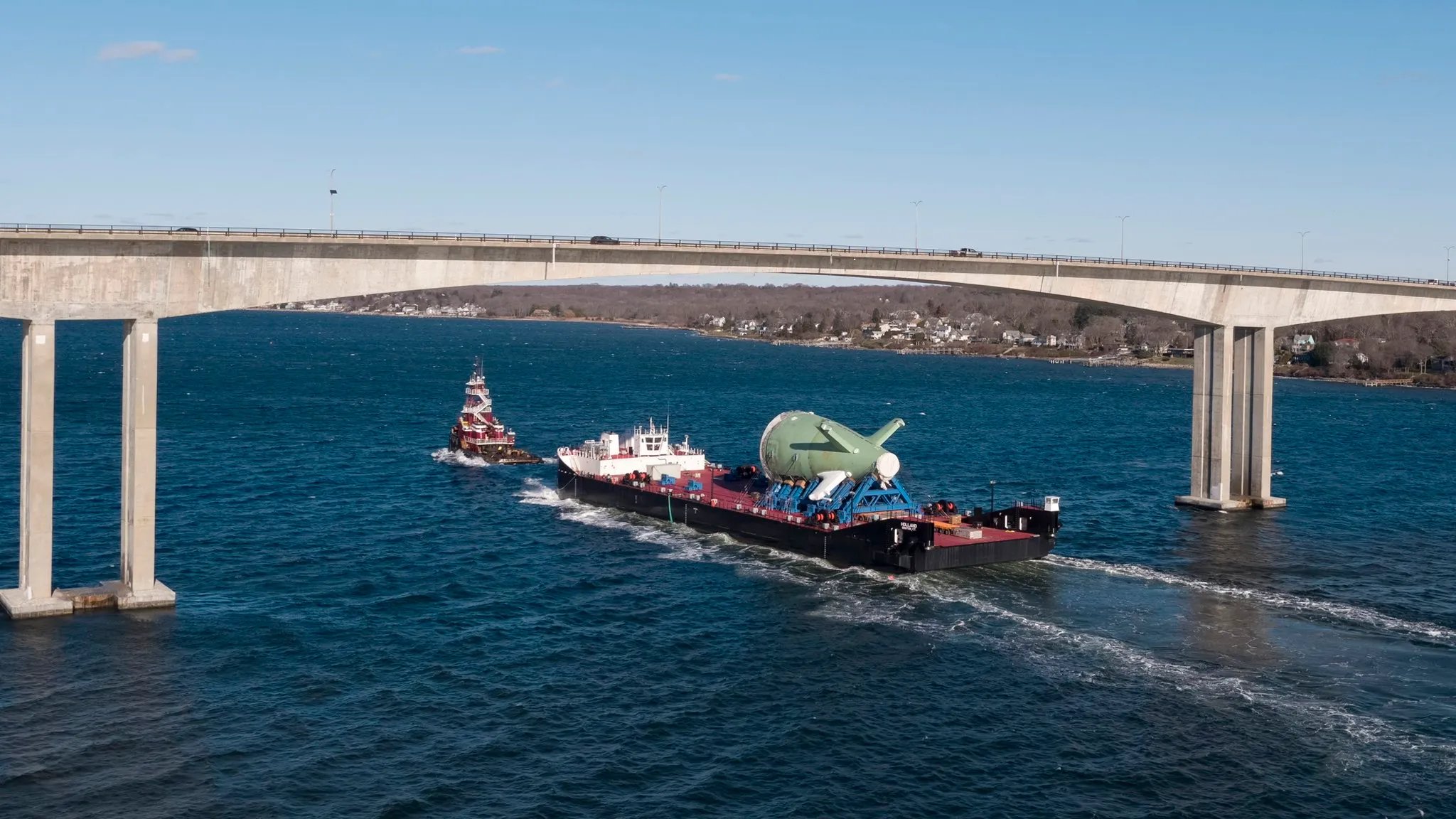
Whatever the plans for the Type 041, there’s also the fact that the first of these boats sunk, according to U.S. defense officials, raising questions about the status of the program and whether the boat is even salvageable.
Citing unnamed U.S. officials, a report in The Wall Street Journal on September 26 describes the attempt by the Chinese authorities to cover up the accident, involving a submarine “likely” carrying nuclear fuel when it sank. The boat had reportedly been undergoing its final fitting out before going to sea.
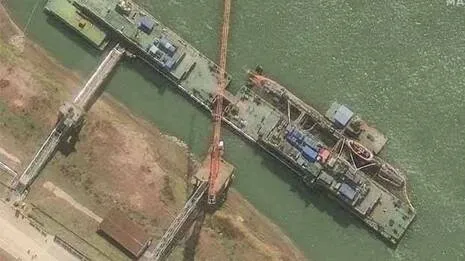
There were no details provided about possible casualties in the accident, the possibility of which was first raised by Tom Shugart, an adjunct senior fellow at the Center for a New American Security (CNAS) think tank and a retired U.S. Navy submarine warfare officer, who identified unusual activity at the Wuchang Shipyard in June of this year.
TWZ also examined satellite imagery showing the sudden appearance of four crane barges at the shipyard, as well as the disappearance of a submarine that had previously been in the berth.
With the help of those four cranes, the submarine is said to have been salvaged, but getting it operational again will not be straightforward, with its internal spaces likely having filled with water, requiring the replacement of all the electronics and other systems.

Chinese authorities have not commented on the incident and are unlikely to, especially since the submarine in question is a new design and one that incorporates several advanced — and possibly even unique — features.
However, as more details about the Type 041 emerge, they shed light on the highly interesting nature of China’s submarine development program.
On the one hand, the apparent sinking of the new submarine underlines questions that have been raised in the past about safety and quality control practices in Chinese naval shipbuilding.
On the other hand, there’s no doubt that the expansion of the PLAN’s fleet, both surface and sub-surface is progressing very rapidly, even when it comes to large and/or complex vessels. With the latter point in mind, the Type 041 also seems to point to China’s willingness to explore new and advanced technologies as it seeks to field submarines that are best optimized for its requirements, including in terms of operating around the South China Sea, Taiwan, and other potential flashpoints in littoral and shallower waters.
- Previous India gains ‘advantage’ over China as Sri Lanka’s new leader seeks to balance ties
- Next Damaged Big Horn endangers Mid-East Deployed Abraham Lincoln Carrier Group



